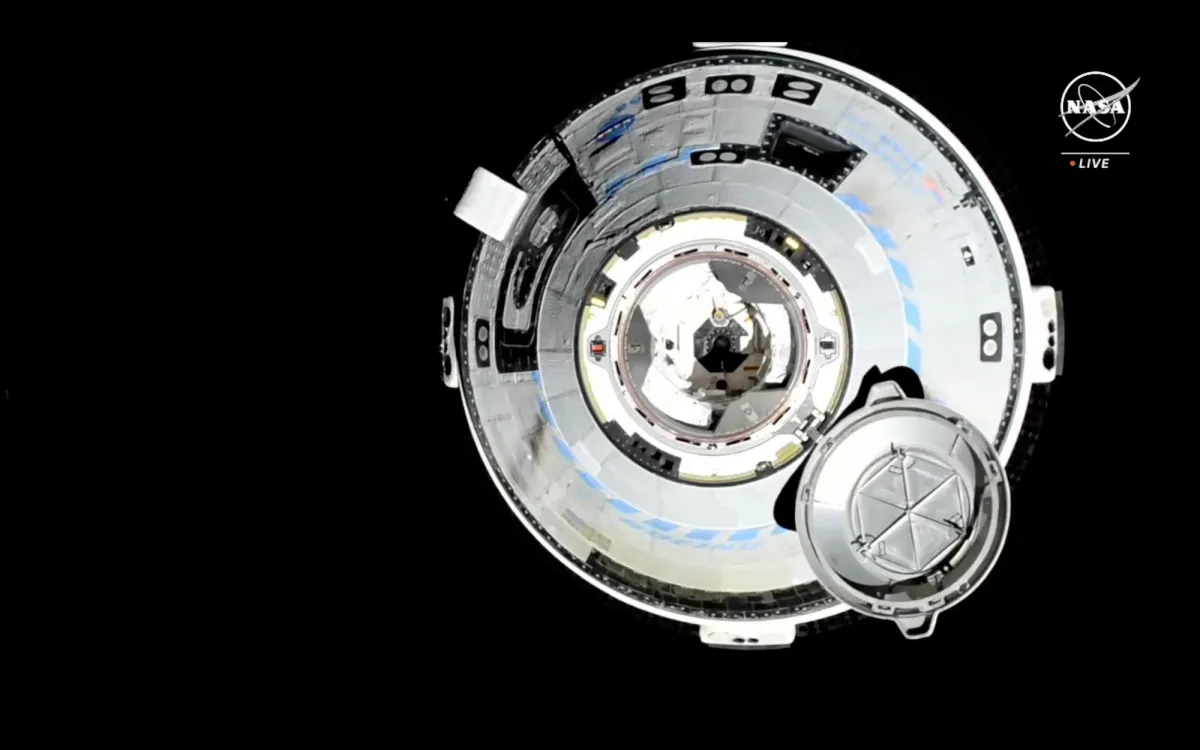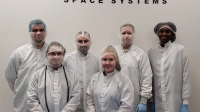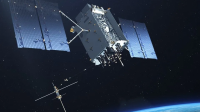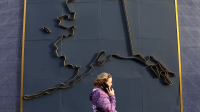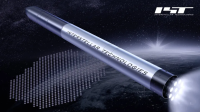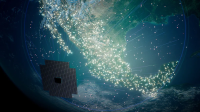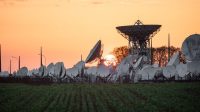Boeing‘s CST-100 Starliner spacecraft successfully docked with the International Space Station (ISS) on June 6, marking its first crewed flight after overcoming thruster problems. The spacecraft docked with the forward port on the station’s Harmony module at 1:34 p.m. Eastern, nearly 27 hours after its launch from Florida on the Crew Flight Test (CFT) mission. On board Starliner are NASA astronauts Butch Wilmore and Suni Williams, who entered the station about two hours after docking.
The docking was delayed by more than an hour as engineers addressed issues with as many as five reaction control system (RCS) thrusters that went offline during different phases of the spacecraft’s approach. Space station controllers kept Starliner outside the 200-meter “keep out sphere” of the station while working to bring those thrusters back into operation.
The problem, similar to what occurred on the Orbital Flight Test 2 (OFT-2) uncrewed test flight in May 2022, appears to be related to software that controls the thrusters and the data the software receives from them. “We don’t understand quite why they’re happening,” said Steve Stich, NASA commercial crew program manager.
Late June 5, NASA and Boeing detected two more helium leaks in Starliner’s propulsion system, separate from the helium leak detected after a scrubbed May 6 launch attempt, which took some thrusters offline. Despite these challenges, mission managers approved plans to allow the docking to proceed early June 6, using extra helium to repressurize the system and re-enable the thrusters.
With Starliner now docked, propulsion system manifolds are closed to stop the leaks. Stich and Mark Nappi, Boeing vice president and commercial crew program manager, expressed confidence that they have enough helium at current leak rates for Starliner to undock and return home. They plan to use the time docked at the station to investigate what could be causing the leaks.
Despite the issues, Nappi said, “Those are pretty small, really, issues to deal with. We’ll figure them out for the next mission. I don’t see these as significant at all.”
Wilmore and Williams, in a communications session June 5, expressed satisfaction with the spacecraft’s performance. Wilmore praised its ability to perform manual maneuvers, calling them “precise.” Williams also commended the suits developed for Starliner, saying they are “really great suits: easy to operate in, easy to move around in.”

